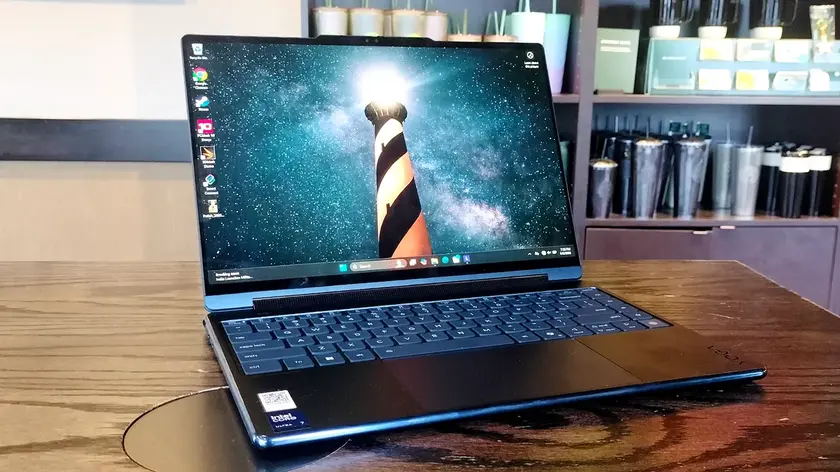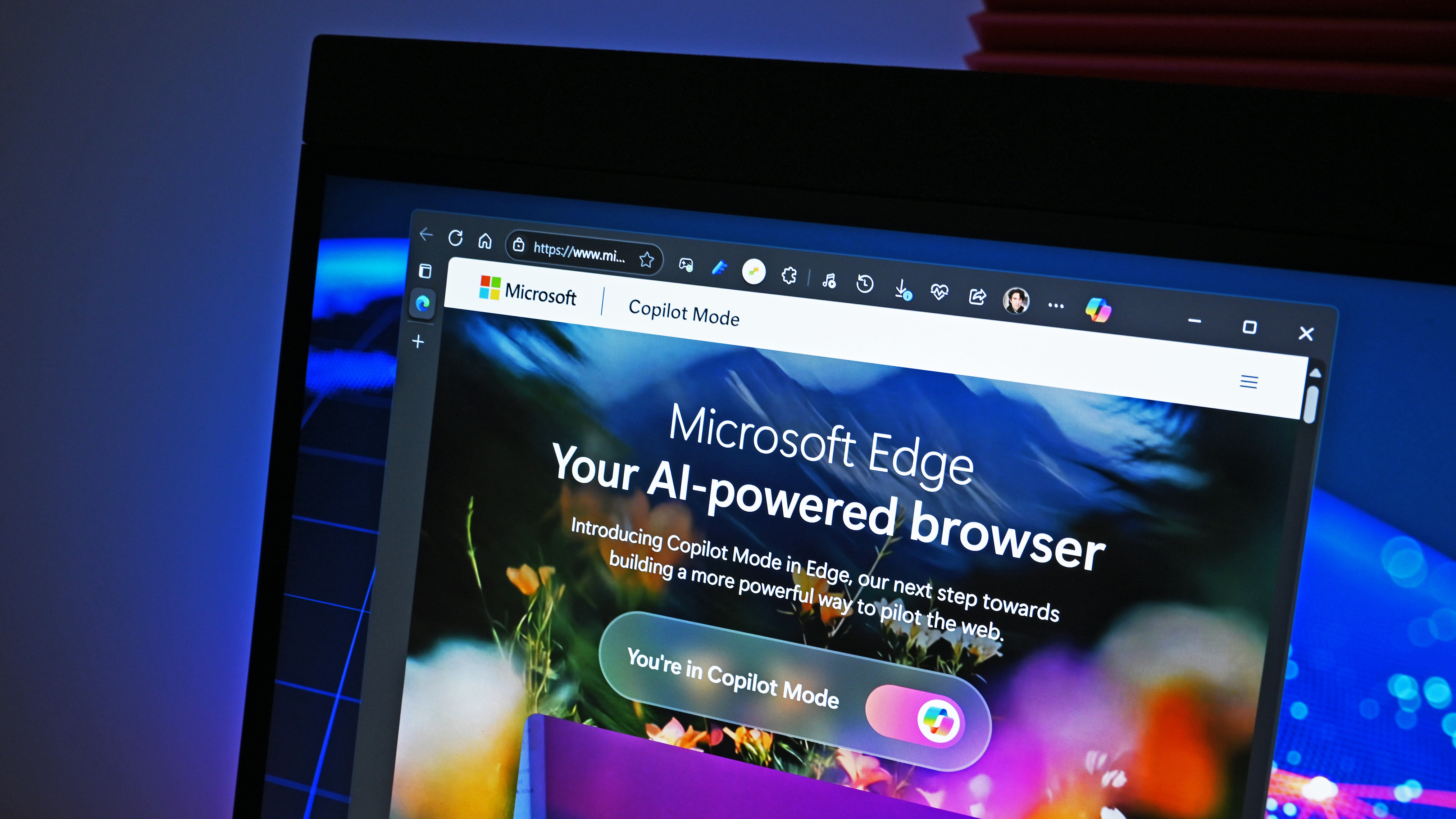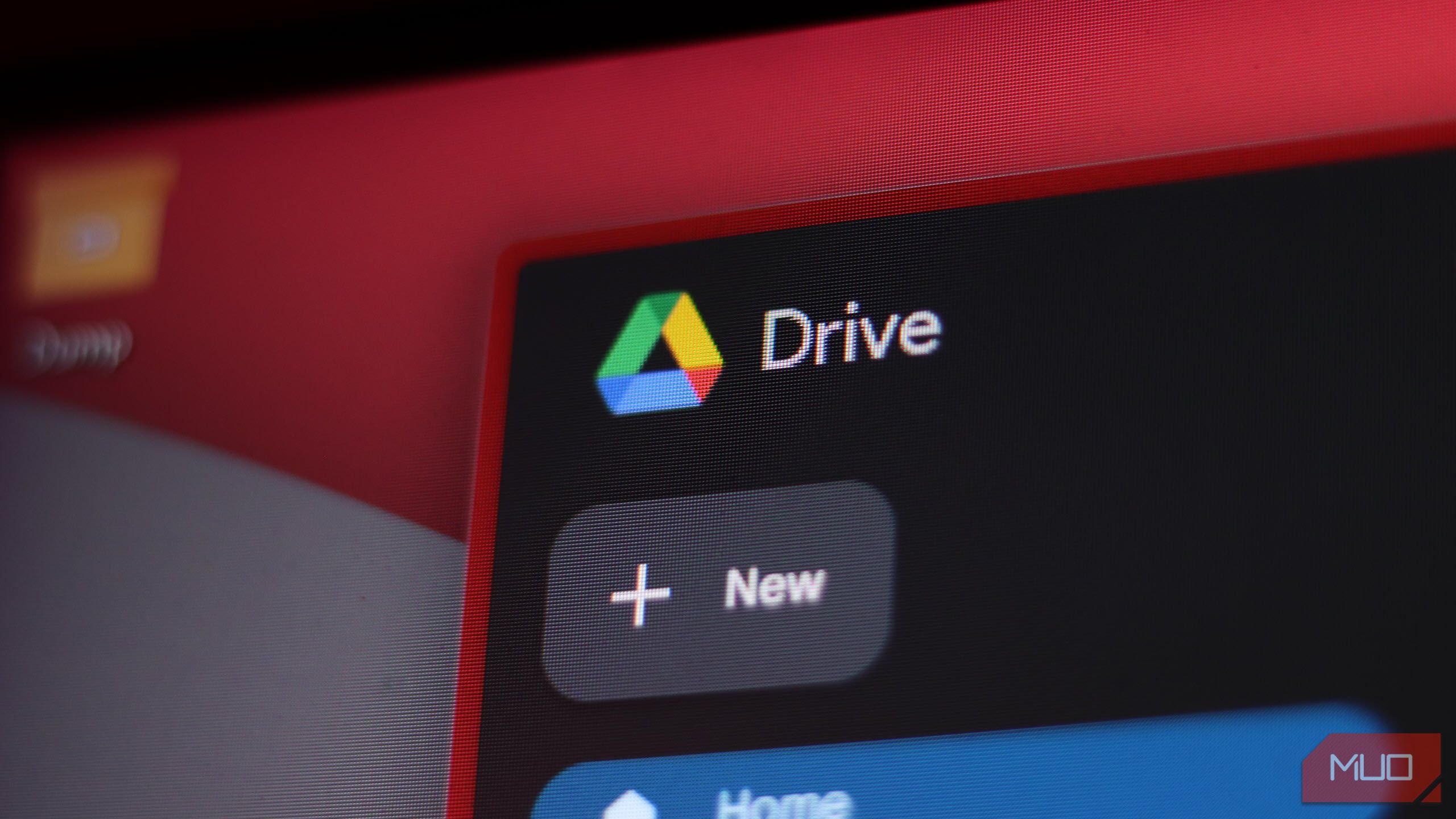T4K3.news
Windows built in backup tool remains usable
An older Windows Backup option is still functional but deprecated and may not be supported long term.

A closer look at Windows built in backup option that is deprecated yet still workable, with tips and caveats.
Windows hidden backup tool remains usable despite aging
Windows includes a legacy backup option that some users never discover. Access it through Control Panel under Backup and Restore (Windows 7). Windows Backup can save selected folders, libraries, and a full system image to CDs, DVDs, external drives, or a network location. It supports scheduling and file restores, but it is deprecated by Microsoft, meaning it is no longer actively updated or officially supported.
The article notes that while the tool generally works, network backup destinations can trigger errors. Users report that the specified network location cannot be used even when paths and credentials are correct. A newer Windows Backup tool with a different scope exists, mainly aimed at moving settings and files between PCs. While both tools share the same name, they serve different purposes: one is traditional backup, the other focuses on migration. For now, the legacy tool remains usable for offline backups, but users should be aware of its limits and the potential for hiccups.
Key Takeaways
"Legacy tools linger while needs move faster"
Editorial note on the tension between usefulness and lack of support
"Naming the same product twice creates confusion for everyday users"
Comment on confusion caused by overlapping Windows Backup names
The coexistence of a deprecated yet functional tool highlights how Windows balances accessibility with clarity. For everyday users, a simple built in backup is appealing, but the lack of ongoing support introduces real risk of failures during restores. That tension matters as more people rely on PCs for irreplaceable data.
The naming overlap between two Windows Backup tools underlines a design challenge: when a single label covers distinct functions, users face confusion at critical moments. The takeaway is clear—backup plans should be layered. In addition to the built in option, consider cloud or third party tools, test restores regularly, and keep copies on separate media.
Highlights
- Legacy tools can still save your files, but they won't save you from surprises
- Microsoft naming is a maze when backups share a name across products
- Backups should be simple not a scavenger hunt through menus
- A hidden feature should not rely on outdated support to stay useful
A layered backup approach is safer than hoping a hidden feature stays reliable as Windows evolves.
Enjoyed this? Let your friends know!
Related News

Microsoft introduces Copilot Mode in Edge browser

Outline Replaces Google Keep and OneNote for Serious Note Taking

Explore top Google Drive extensions to boost productivity

Android battery tweaks add hours of life

Untethered NASA Spacewalk Remains a Landmark

Tablet as laptop replacement gains ground

Leica I Celebrates 100 Years of Impact

Eagles keep McKee as backup quarterback
